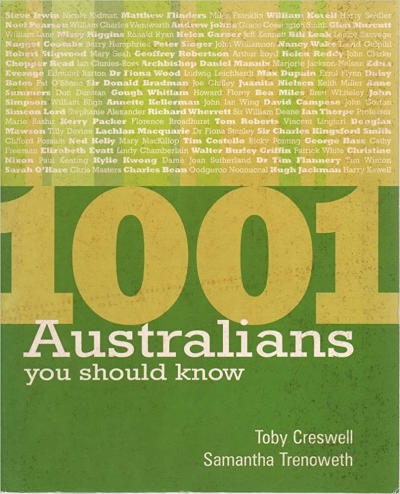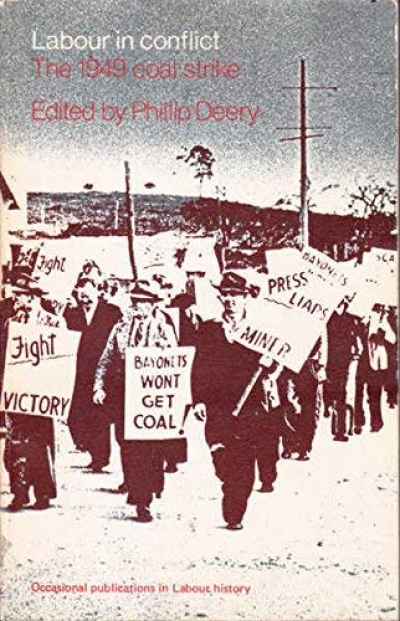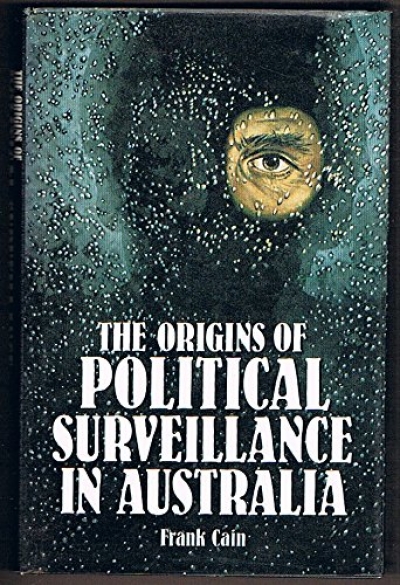Australian History
1001 Australians You Should Know edited by Toby Creswell and Samantha Trenoweth
by John Carmody •
Port Phillip Gentlemen: Good society in Melbourne before the gold rushes by Paul de Serville
by Jim Davidson •
Labour in Conflict: The 1949 coal strike edited by Phillip Deery
by Geoff Muirdon •
Jessie Street: A rewarding but unrewarded life by Peter Sekuless
by Margaret Allen •
Veiled Valour: Australian Special Forces in Afghanistan and war crimes allegations by Tom Frame
by Kevin Foster •
The Unforgiving Rope: Murder and hanging on Australia's western frontier by Simon Adams
by Richard Harding •
Richard Downing: Economics, advocacy and social reform in Australia by Nicholas Brown
by Morag Fraser •
The Australian Centenary History of Defence: Vols. I–VII edited by John Coates & Peter Dennis
by Peter Ryan •
The Origins of Political Surveillance in Australia by Frank Cain
by Alex Sheppard •










